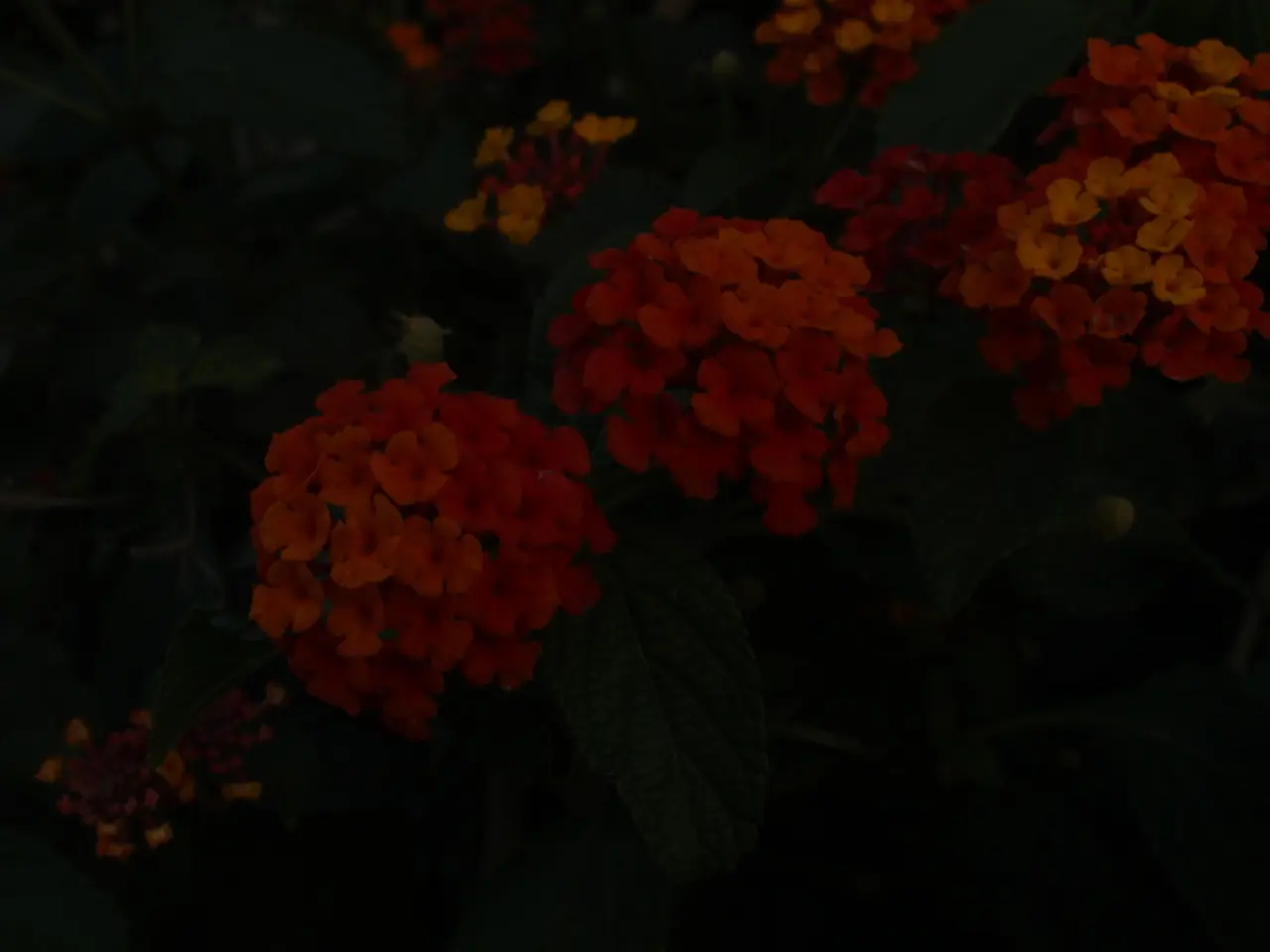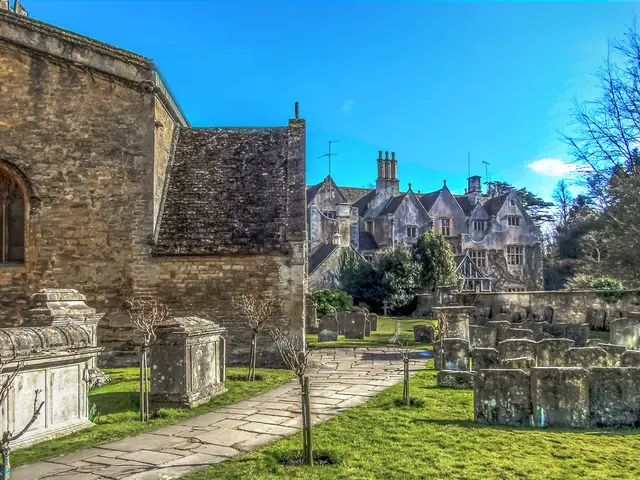Cultivate Native Blossoms Atlantic-Style: 5 Flower Planting Blueprints for Gardens and Pots
In the quest for a vibrant and sustainable garden, native cut flower plants have become a popular choice for garden enthusiasts. These resilient plants require less watering and maintenance compared to their non-native counterparts, making them an ideal choice for both novice and experienced gardeners.
One such native plant that has gained popularity is the Coneflower, with varieties like 'Prairie Splendor' and 'Mellow Yellows' boasting upright flower spikes and large blooms suitable for cutting. These coneflowers, along with 'Ruby Star', are hardy in USDA Zones 4-8.
Garden Phlox, specifically 'Jeana' and 'David', are another native option. Known for their powdery mildew resistance, these fragrant plants offer lavender-pink and white blooms, respectively. 'Jeana' is a tall variety suitable for the rear of the cut flower garden, while 'David' is more compact and ideal for the front. Both are hardy in USDA Zones 4-8.
For best results in a cut flower garden, it's essential to choose plants suitable for the USDA hardiness zone, appropriate light, soil, and moisture conditions, and have overlapping blooming periods. This ensures a continuous supply of fresh cut flowers throughout the season.
Other native plants that add charm to gardens and arrangements include 'Purple Flame' Iris, visited by hummingbirds and butterflies, and Bee Balm 'Raspberry Wine', which attracts bees, wasps, hummingbirds, and moths. Both are hardy in USDA Zones 4-9.
Black-Eyed Susan, with several species available, is another native plant with the daisy shape and elevated cone. This hardy plant is suitable for USDA Zones 3-9.
Growing native flowers can help support a diversity of pollinators in the backyard. In fact, these gardens can be tailored to specific themes such as water-wise container gardens, prairie themes, scent-sational aromas, fall themes, and pollinator magnets.
For water-wise container gardens, consider plants like Hyssop, borage, sage, fennel, and dill, which are drought-tolerant and attractive. These plants are ideal for water-wise containers and thrive in full sun to part shade.
Prairie themes can incorporate native prairie wildflowers such as Black-eyed Susan, lupines, and wild columbine. These species thrive in prairie-like conditions with adequate sun and soil.
Scent-sational aromas can be achieved with aromatic herbs like hyssop, sage, fennel, and dill, which provide fragrant blooms and foliage for aromatic bouquets and gardens.
For a fall-flavoured native cut flower garden, Black-eyed Susan is ideal since it blooms prolifically into mid-fall and easily self-sows, providing vibrant fall colors with golden petals and dark centers. Incorporate hardy perennials that sustain color late into the season.
Finally, pollinator magnets can be created using native blooms that attract hummingbirds, bees, and butterflies. For example, wild columbine is especially noted for drawing these pollinators with its bright red and yellow flowers. Additionally, native herbs like hyssop and sage also attract pollinators effectively.
These combinations reflect native plants that are easy to grow, support local wildlife, and provide cut flowers for various thematic uses. For container gardening or limited spaces, select drought-tolerant and compact natives like hyssop or borage. For prairie or larger garden themes, taller native perennials like lupines and black-eyed Susan add structure and seasonal color.
In conclusion, native cut flower gardens offer a beautiful and sustainable way to bring vibrant colours and fragrances to your garden while supporting local wildlife. With a variety of themes and plants to choose from, there's a native cut flower garden recipe for everyone.
- Drought-tolerant plants, such as hyssop and borage, are suitable for water-wise container gardens, adding aesthetic appeal and thriving in full sun to part shade.
- Scent-sational aromas can be achieved in a garden with aromatic herbs like hyssop, sage, fennel, and dill, providing fragrant blooms and foliage for aromatic bouquets and gardens.
- For a fall-flavoured native cut flower garden, Black-eyed Susan is ideal since it blooms prolifically into mid-fall and easily self-sows, providing vibrant fall colors with golden petals and dark centers.
- When creating a pollinator magnet garden, consider native blooms like wild columbine, which draws hummingbirds, bees, and butterflies with its bright red and yellow flowers.
- Incorporating tall native perennials like lupines and black-eyed Susan adds structure and seasonal color to a prairie or larger garden theme.
- For those seeking career development in the gardening industry, job-search sites and skills-training programs can offer valuable learning opportunities and resources for personal growth.
- Native cut flower gardens offer a sustainable and beautiful way for home-and-garden enthusiasts to bring vibrant colors and fragrances to their yards while supporting local wildlife.
- Fashion and beauty influencers and lifestyle bloggers can showcase the connection between gardening and self-development through the creation and documentation of their own native cut flower gardens, thereby promoting education-and-self-development and personal-growth within their communities.



